Local news organisations aim to tell important stories, not to infringe copyright—but it’s easier to slip up than you might think.
Whether it’s mistakenly using a photo without attribution, quoting too much from an article, or forgetting to take an image down after its relevance has passed, these missteps can lead to infringement notices, legal disputes, and damage to your outlet’s reputation.
In our first blog post on Copyright, we explored what to do if someone uses your work without permission. Now, the focus shifts to how you can avoid infringing on someone else’s copyright.
Knowing what you can and can’t use—and understanding where to find legally safe content—will help safeguard your newsroom and keep you focused on producing great stories.
Understanding “fair dealing” for news reporting
One key copyright exemption for journalists is the “fair dealing” rule for reporting news. According to the Australian Copyright Council:
“Copyright material may be used in reporting news in a newspaper, magazine (or similar periodical) or film, or by means of a broadcast provided that the use is fair. There must be a sufficient acknowledgment of the author and title of the work.”
Which means you can legally use other people’s materials (text, images, videos etc) to use while reporting the news.
Importantly:
- The primary purpose of using the material must be to report or comment on news.
- News isn’t limited to current events. Old material relevant to current news can also qualify.
- Using copyrighted content solely to entertain is unlikely to meet the criteria.
- There must be a sufficient acknowledgement of the author and title of the work.
Examples:
- Using footage of a historical protest to contextualise a current event may fall under fair dealing, but using it in a funny Instagram Reel likely will not.
- Quoting a passage from a memoir to highlight its relevance to a breaking story may fall under fair dealing. Copy-pasting a large portion of the book into your article is unlikely to qualify.
Can I use other people’s images in news stories?
The short answer is yes.
Under the fair dealing exemption, media outlets can use images in their news stories but should follow these best practices:
- Stick to the news cycle. While there’s no strict definition of a “news cycle”, this is typically 7-10 days.
- Remove images after the news cycle – this applies to archived news articles too.
- Have a system in place. Ensure your newsroom has the tools and manpower to track and remove copyrighted material when it’s no longer covered by fair dealing.
But the issue can be more complex.
We’ve seen an increasing number of news organisations being served infringement notices for failing to take down an image after a news cycle – read more on how to deal with copyright infringement notices here.
What about text?
Using excerpts from written works also requires careful judgment. The key factor is whether the portion used is considered a “substantial part” of the original work.
Here’s what the Australian Copyright Council explains about “substantial part”:
- A “substantial part” is not necessarily a large portion but any important, distinctive, or essential element of the material.
- Even paraphrasing or closely following the structure and order of a work can constitute infringement, without directly copying the text.
- Courts assess each case individually, so there are no fixed guidelines on how much can be used without permission.
Things you can do to cover yourself
As always, it’s better to be safe than sorry. Here are some ways to avoid infringing copyright.
1. Use images unrestricted by copyright
Whenever possible, opt for content that is free from copyright restrictions. Proper attribution not only builds trust but also reduces legal risks. Here are some resources we recommend:
Creative Commons (CC) licenses allow free use of works, often with specific conditions (e.g., attribution).
To find CC-licensed images:
- Go to a search engine (e.g., Google Images).
- Search for the image you need.
- Click “Tools” > “Usage Rights” > “Creative Commons Licenses.”
- Check the license details.

Trusted Resources for Free Stock Photos
While attribution isn’t always mandatory, it’s best practice to credit the creator.
A note on Public Domain images: Material whose copyright has expired (typically after the creator’s life + 70 years) can be used freely – it’s considered in the public domain. However, tracking creators and their lifespan can be tricky, so it’s safer to use paid or licensed images.
2. Subscribe to Australian Associated Press
Australian Associated Press (AAP) offers news, images, and videos ready for editorial use across print, websites, and social media. All content is professionally written, edited, fact-checked, ensuring quality and accuracy. AAP also offers access to an extensive photo library, where you can select single images as needed.
You can use AAP’s content as-is or adapt it to add a local perspective, all while being confident you’re covered from a copyright standpoint.
LINA members receive an exclusive discount on the annual subscription rate. Find out more here.
3. Check before you publish
It’s always best to check with the copyright owner before you use someone else material in your news article. If in doubt, ask permission from the creator to use text or an image they own.
If you’re still unsure or cannot contact the owner, it’s best to seek legal advice. LINA members can access free pre-publication legal review by the ABC legal team. They will advise whether the material you want to use is exempt from copyright before you publish it.

